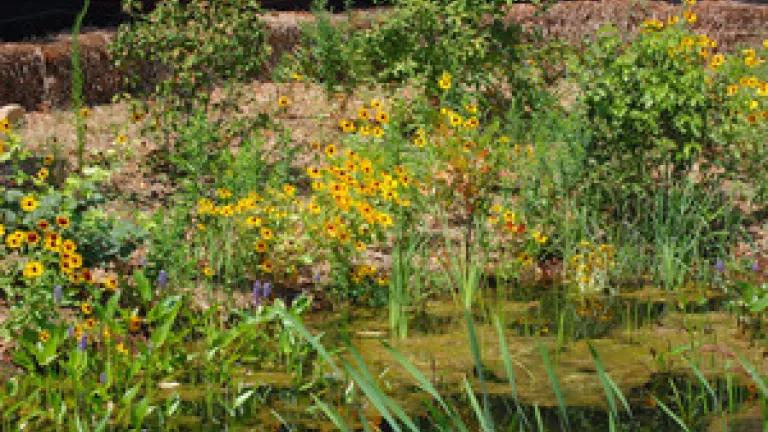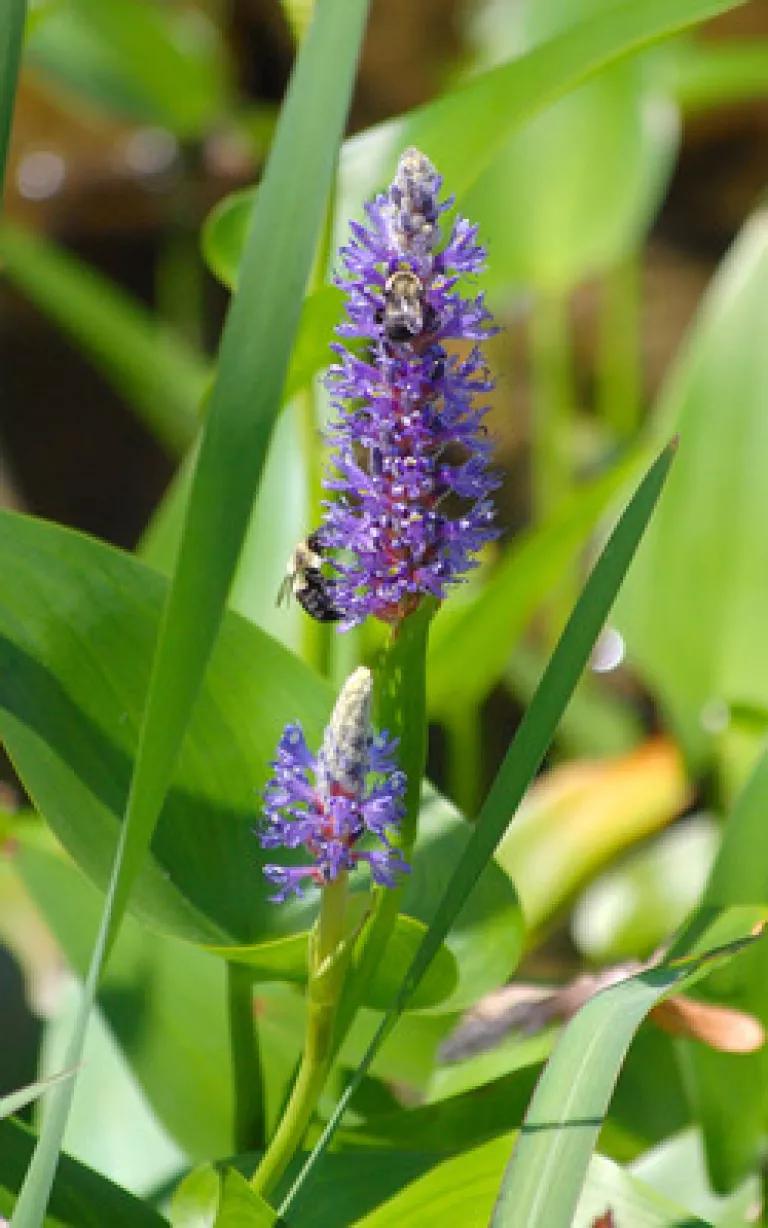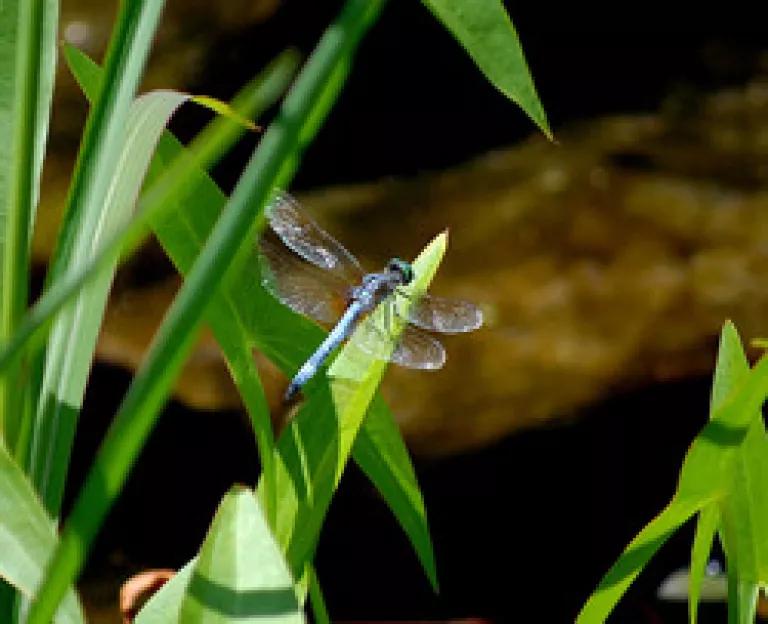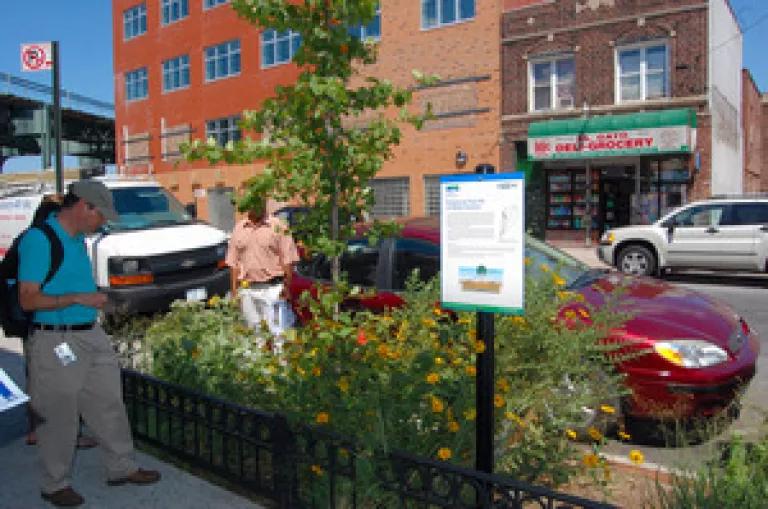
With a pair of proposals pending that could lock-in the city on a path towards greener neighborhoods and cleaner waterways -- and important details still being hammered-out -- the next two weeks bring several opportunities for the public to weigh-in. I encourage everyone who wants to see that greener future become reality to attend one or more of these meetings and make your voice heard on what's important to you. Kate Zidar over at the S.W.I.M. Coalition -- that’s “Storm Water Infrastructure Matters” -- captured the highlights (with details on times, dates, and locations) in a blog post yesterday.
First up, on Monday morning, the city’s Department of Environmental Protection (DEP) will hold a public hearing on a proposed rule aimed at improving stormwater management at new buildings. This rule has the potential to stimulate major investments in greening the urban landscape. But NRDC shares the concerns of our coalition partners and our colleagues on the city’s “Green Infrastructure Steering Committee” that the rule -- as currently drafted -- may favor techniques that hold runoff temporarily and release it slowly into the sewer system, rather than green spaces and other methods that use rainwater as a resource and keep it out of the sewers entirely.
Next, on Tuesday evening, the city will host a public meeting to present its green infrastructure accomplishments from the last year and its plans for the future. Most importantly, those plans include a proposed legal agreement with the state Department of Environmental Conservation, which would set minimum green infrastructure targets for the next 20 years and create a process for identifying what more is needed to satisfy water quality requirements.
It appears, however, that this proposed agreement would give the city green infrastructure “credit” for projects that meet the standards in the draft DEP rule, even though those standards merely allow, but do not require, the use of genuine green infrastructure that keeps runoff entirely out of the sewers. (Along with coalition partners, I’ll be meeting with city and state officials in the coming days to get clarifications on key aspects of the proposed agreement, to help inform the formal comments we’ll submit the proposal.)
Finally, on the evening of Nov. 9, the state will host a meeting specifically to receive comment on the proposed 20-year agreement with the city. This is the public’s official opportunity to raise any concerns -- and the state must consider any such comments before deciding whether to finalize the agreement as-is, or to make changes before moving ahead with it.
So, is there a greener future ahead for NYC?
I had the opportunity over the summer -- as a member of the city’s “Green Infrastructure Steering Committee,” an advisory group convened by the city’s Department of Environmental Protection -- to go on a “green infrastructure tour” of about a half-dozen green of DEP’s demonstration sites in Queens. Without a doubt, the city has accelerated its green infrastructure initiatives over the past two years -- even establishing an Office of Green Infrastructure within DEP, headed by an Assistant Commissioner, to manage the program. The biggest thing the tour demonstrated to me is that DEP, through its work to date, understands that green infrastructure works in NYC -- just like it does in cities around the country that are embracing the approach.
My favorite stop on the tour, by far, is the absolutely beautiful project pictured above, which captures runoff from an MTA bus depot -- in one of the city’s poorest neighborhoods, East New York -- and uses it to nourish the plant life in a constructed wetland.


We also saw the same basic approach at work along streets in Brooklyn and Queens (pictured below), where extra-large basins for street trees and other plantings have been capturing virtually all of the rainwater that falls on some streets.

(A few weeks ago, the NYC Soil & Water Conservation District conducted its own green infrastructure tours of NYC and Philadelphia, and some of their participants have posted some great photos and videos on their own blogs.)
The key to greener NYC neighborhoods, surrounded by cleaner waterways for all New Yorkers to enjoy, is to scale up these smarter water practices citywide. Imagine these natural sponges replicated on thousands of streetscapes throughout the city -- keeping runoff from streets, parking lots, and rooftops out of our overburdened sewer system -- and you’ll see how green infrastructure can make a big dent in the city’s 30 billion gallon per year sewage overflow problem.

That’s exactly what Philadelphia is doing, as I’ve written previously. The home of the Philly Cheese-steak and the Phillie Fanatic is also home to the nation’s most ambitious green infrastructure program. The image to the right shows how Philadelphia envisions its future.
Will New York be next? As I saw firsthand on the tour this summer, DEP’s own projects show that green infrastructure works in New York. With an even bigger sewage overflow problem than Philadelphia, a bigger geographic area, and bigger budgets for water infrastructure, NYC has the potential not only to catch, but to surpass Philadelphia as a national leader. (Just as I’m sure my Yankees would have surpassed the Phillies in the World Series this year, had either of them made it past the first round of the playoffs!)
To get there, the city will need to take full advantage of opportunities to integrate green infrastructure into the built environment. NRDC will be urging city and state officials to do just that at the three upcoming public meetings -- to make all of the city’s initiatives as successful as they can be.
And I urge you to come on out yourself and do the same! (For those who can’t make it in person, the city and state will also be accepting written comments.) Hope to see you there!

